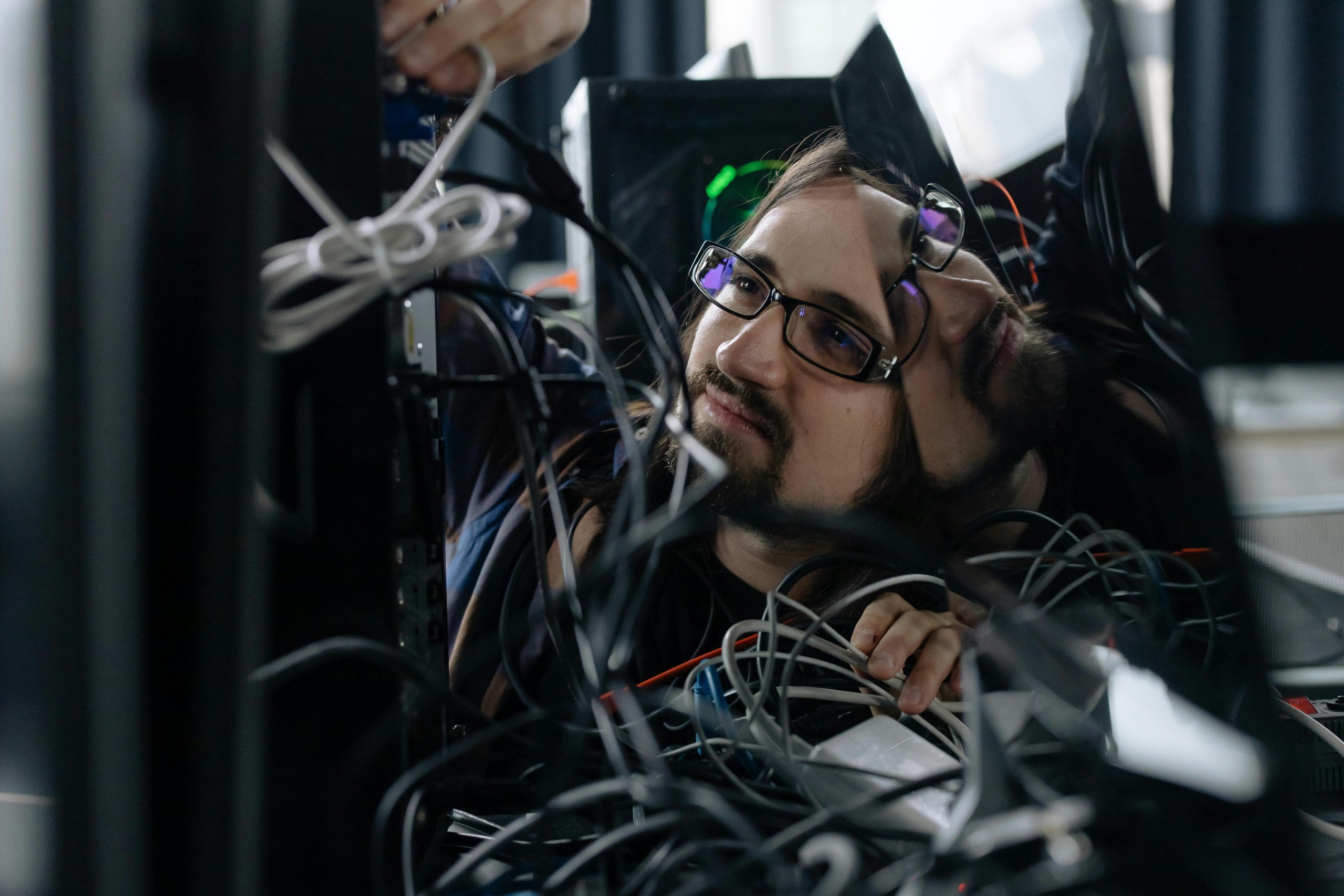Comprehensive Troubleshooting of Recurrent Blue Screen Errors on a Newly Built High-Performance PC
Introduction
Building a new computer is an exciting experience; however, encountering stability issues such as Blue Screen of Death (BSOD) errors can be both frustrating and concerning. Recently, I assembled a high-end PC and have been diligently troubleshooting persistent BSODs despite extensive efforts. In this article, I will share my system specifications, the troubleshooting journey, and seek insights from the professional community to identify potential causes and solutions.
System Specifications
- Power Supply: 1000W, 80 Plus Gold (Manufacturer and model unknown; retained from previous build)
- Motherboard: ASUS TUF B850-Plus WiFi
- Memory: 32GB (2x16GB) Corsair Vengeance DDR5-6400MHz (Currently operating with a single stick for diagnostics)
- Graphics Card: NVIDIA GeForce RTX 5080 Founders Edition
- CPU: AMD Ryzen 9 9950X3D
- CPU Cooler: Noctua NH-D15 Chromax Black
- Storage Devices:
- Samsung 990 EVO Plus 4TB M.2 SSD (Primary Windows drive)
- Western Digital 500GB WD Black M.2 SSD
- Western Digital 2TB Blue SATA SSD
Troubleshooting Timeline
Initial Phase and Early Symptoms
The system operated smoothly for the first one to two months post-build. Around late April to early May, I experienced my first BSODs; unfortunately, I lack the specific crash reports at that time. A few weeks later, on May 15th, during a virtual D&D session accessed via Chrome using the Foundry VTT platform, I encountered three BSODs within a short period. Following this incident, I reverted the Windows 11 update installed that day, hoping to resolve potential OS-related conflicts. This seemed effective for approximately two weeks.
Escalation and Persistent Errors
Subsequently, BSODs became more frequent, occurring nearly daily, sometimes multiple times a day. Between these crashes, the system remained stable for hours, but the instability was increasingly disruptive. I initiated various troubleshooting steps, including:
- Running Windows Memory Diagnostic (no RAM errors detected)
- Executing CHKDSK (no disk issues)
- Running System File Checker (initially no issues; later detected and repaired files)
- Applying all recent Windows updates
-
Updating the BIOS to the latest version
Share this content:

